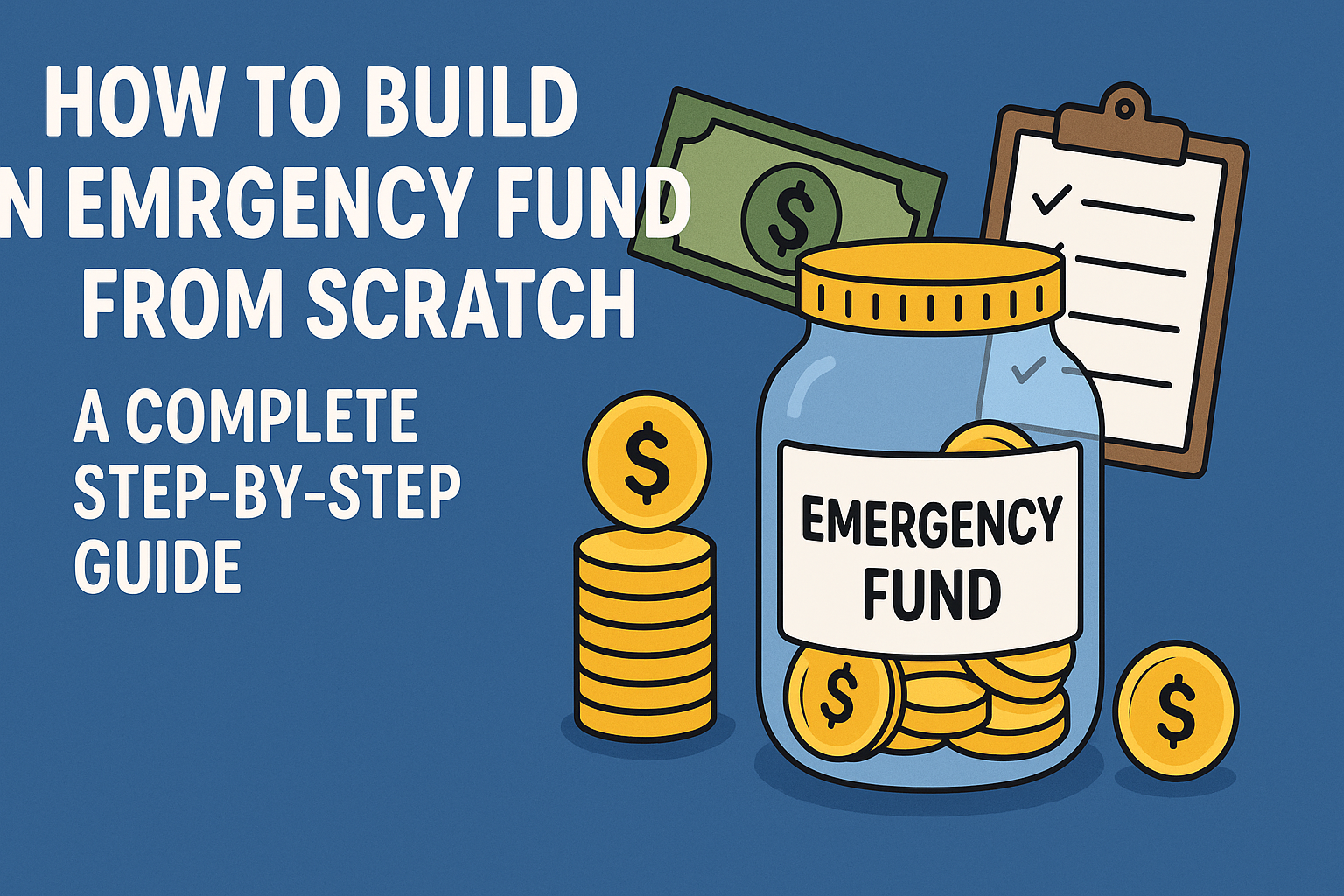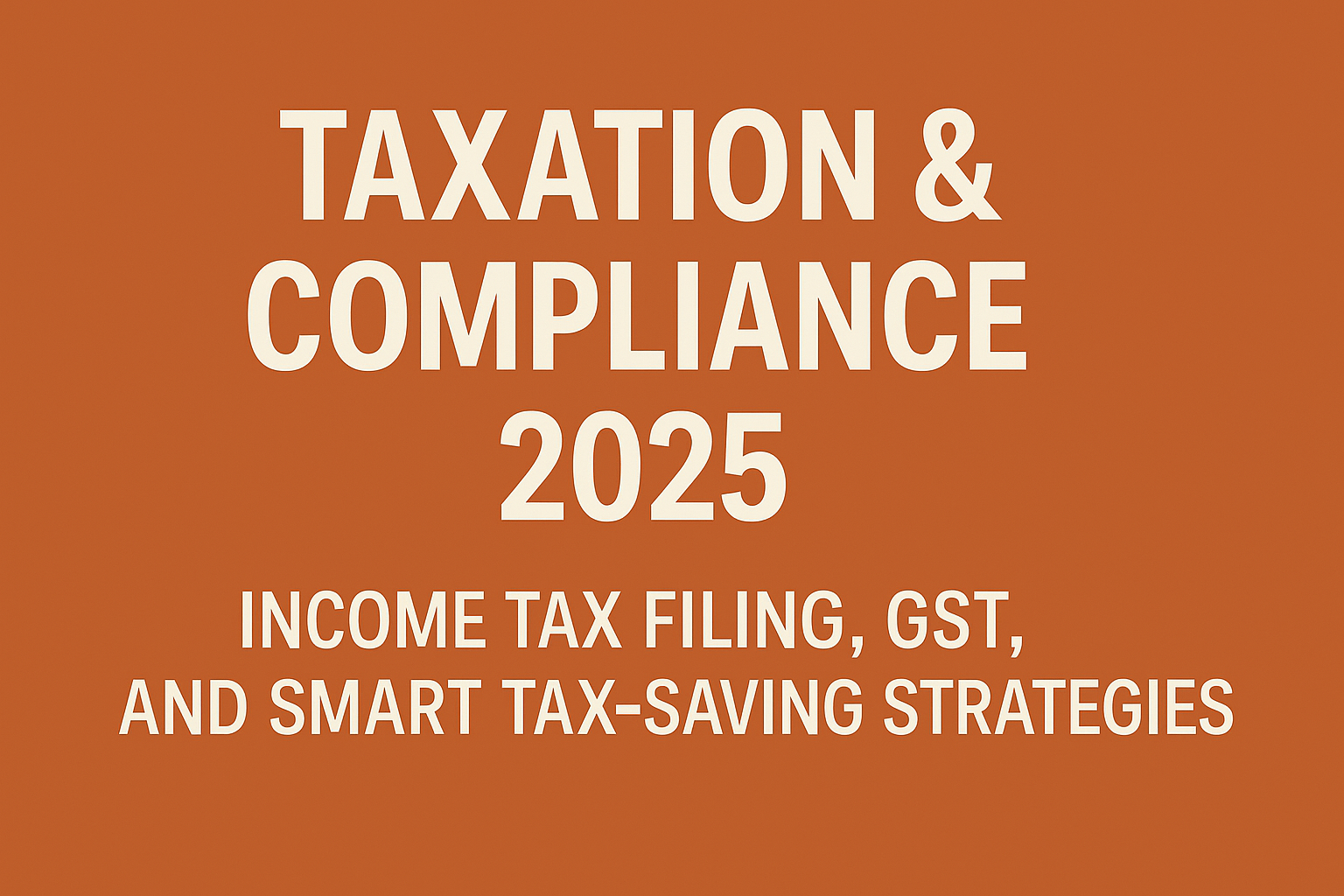Life is full of uncertainties. From sudden job loss to unexpected medical bills or car repairs, financial emergencies can strike when we least expect them. That is why having an emergency fund is not just a good idea—it is a financial necessity. An emergency fund acts as a safety net, providing you with peace of mind and financial stability during tough times. Experts recommend setting aside three to six months’ worth of living expenses. If you are starting from scratch, this may feel overwhelming, but with the right approach, it is absolutely achievable.
In this article, we will explore practical steps for building an emergency fund from the ground up, choosing the right savings account, and maintaining the discipline needed to grow your safety net.
Step 1: Calculate How Much You Need
The first step in creating an emergency fund is knowing exactly how much to save. Financial experts suggest having at least three to six months of essential expenses. These expenses include:
Rent or mortgage payments
- Utilities such as electricity, water, and internet
- Groceries and household essentials
- Transportation costs (fuel, public transport, car maintenance)
- Insurance premiums
- Loan EMIs or other debt repayments
For example, if your monthly expenses total ₹40,000, your emergency fund goal should be between ₹1,20,000 (three months) and ₹2,40,000 (six months). Start with a three-month goal if saving more feels difficult, and gradually expand to six months once you gain momentum.
Step 2: Start Small and Be Consistent
One of the most common mistakes people make is waiting until they have a large amount to save. The truth is, even small contributions add up over time. Begin with whatever you can spare—whether it’s ₹500, ₹1,000, or ₹5,000 per month.
Consider these strategies to start saving:
- Round-up savings: If your grocery bill is ₹1,750, round it up to ₹2,000 and transfer the extra ₹250 into your emergency fund.
- Automatic transfers: Set up a standing instruction with your bank to transfer money to your emergency fund every month, just like a bill payment.
- Side hustle earnings: Direct freelance income, bonuses, or tax refunds into your savings account.
Remember, consistency is more important than the amount. Over time, your small contributions will compound into a meaningful safety net.
Step 3: Choose the Right Savings Account
Where you keep your emergency fund matters just as much as building it. The money must be easily accessible but should not be so convenient that you are tempted to spend it impulsively.
Here are some ideal options:
- High-yield savings account: Offers better interest rates than a regular savings account, helping your money grow while staying liquid.
- Money market account: A safe option with higher interest rates and check-writing privileges in case of urgent needs.
- Separate bank account: Keeping your emergency fund in a separate account prevents accidental spending.
Avoid investing your emergency fund in stocks, mutual funds, or real estate. These assets are risky and may not be liquid when you need them most.
Step 4: Cut Expenses and Redirect Savings
If you are struggling to find money to save, analyze your budget and identify areas where you can cut back. Some practical ways include:
- Cooking at home instead of dining out
- Canceling unused subscriptions (streaming platforms, gym memberships, etc.)
- Reducing energy bills by conserving electricity
- Buying generic brands instead of premium labels
Redirect the money saved directly into your emergency fund. You will be surprised how quickly these small adjustments can make a big difference.
Step 5: Stay Disciplined and Avoid Temptations
The biggest challenge in building an emergency fund is staying disciplined. It is easy to dip into your savings for non-emergencies like vacations, shopping, or luxury gadgets. To avoid this, create strict rules for when you can use the fund.
An emergency fund should only be used for:
- Medical emergencies
- Job loss or salary delays
- Urgent home or car repairs
- Unplanned but essential travel
By setting boundaries, you ensure the fund remains intact for its true purpose—helping you during unexpected financial crises.
Step 6: Celebrate Milestones Along the Way
Saving three to six months of expenses is a long-term goal, and it is important to stay motivated. Celebrate small wins when you reach certain milestones, such as your first ₹10,000 or one month of expenses saved. This not only boosts your confidence but also keeps you motivated to continue the journey.
Step 7: Replenish After Every Withdrawal
Life is unpredictable, and chances are you may need to use your emergency fund at some point. If that happens, do not feel discouraged. The purpose of the fund is to protect you during tough times. After using it, prioritize replenishing the amount by resuming your regular savings pattern.
also read:Step-by-Step Guide to Apply for a Personal Loan Online in 2025
Final Thoughts
Building an emergency fund from scratch may seem daunting, but with consistent effort and financial discipline, it is completely possible. Start small, save regularly, and choose a safe savings account. Cutting unnecessary expenses, staying focused, and celebrating milestones will keep you motivated.
Remember, the peace of mind that comes with having an emergency fund is priceless. It gives you financial freedom, reduces stress during crises, and prevents you from falling into debt when life throws unexpected challenges your way. Start today, and step into a more secure financial future.






